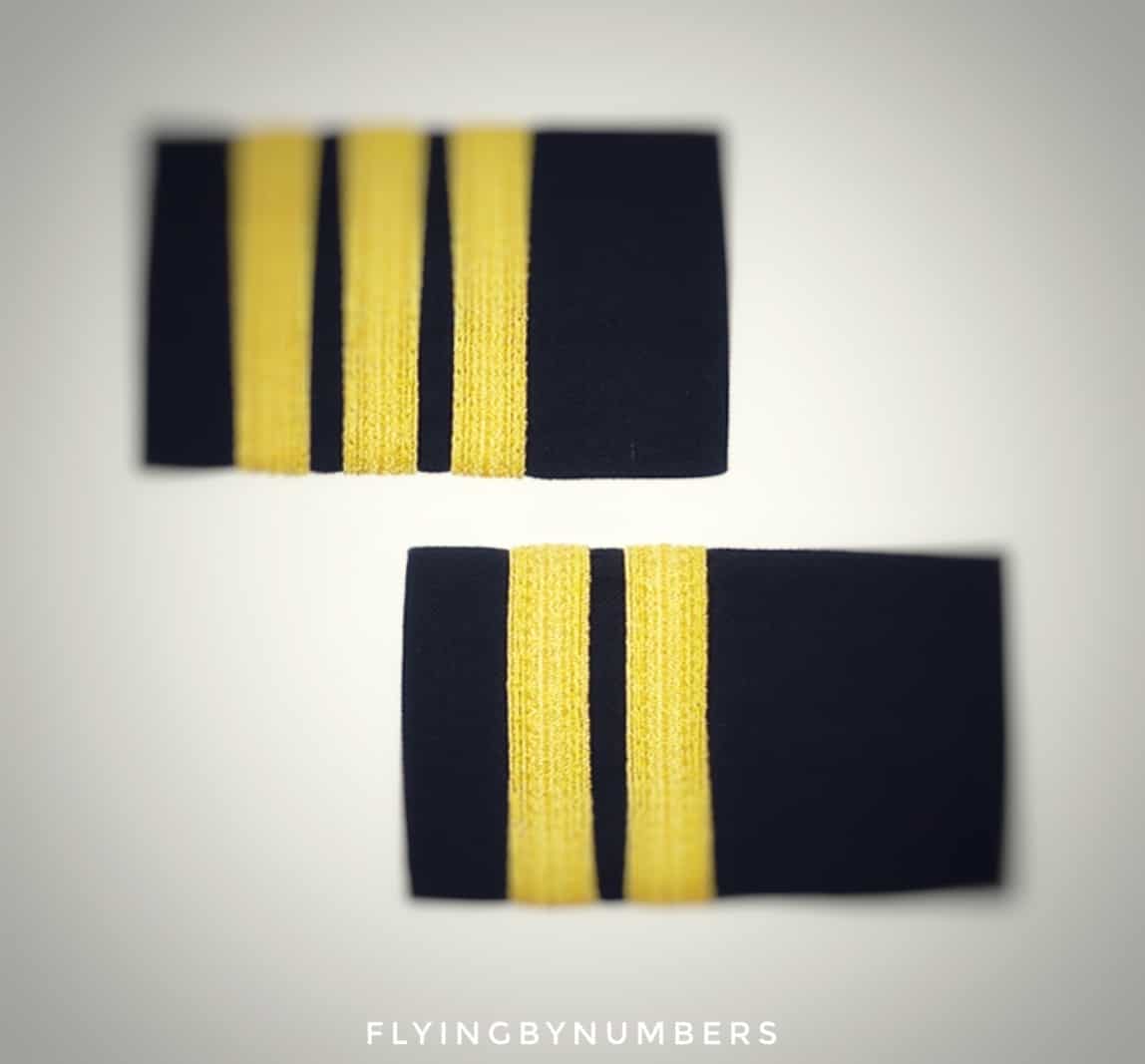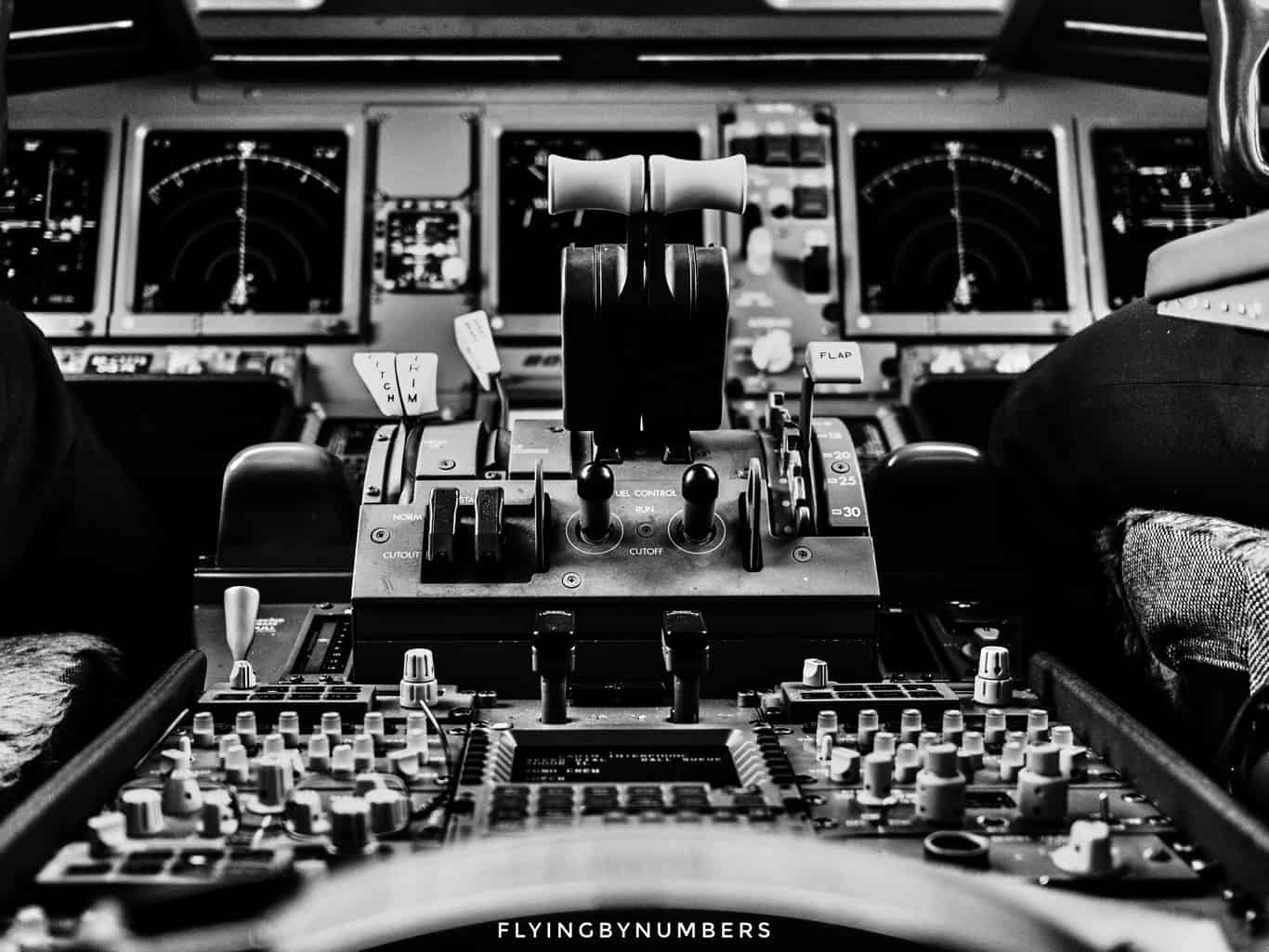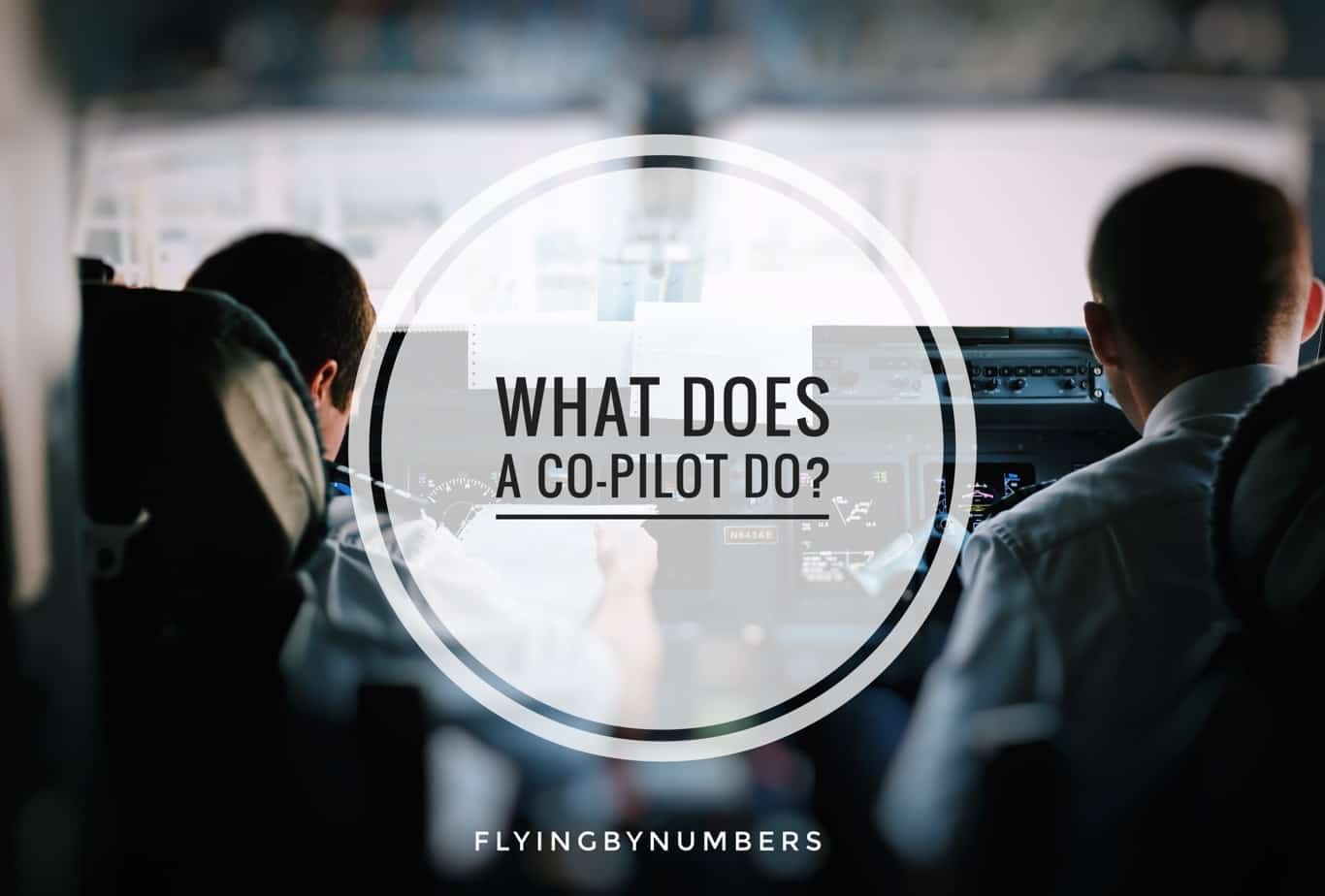Everyone knows what an airline Captain is. The four stripes, a pilot’s hat, and the phrase” this is your captain speaking” are universally known. Through TV and movies, even those who don’t fly frequently are often familiar with the role of a Captain. Captains take the leading role in Hollywood movies, portraying them prominently as steely eyed and in control.
However, flying is a team game. And, in nearly all commercial flights, there are anywhere between two and four pilots in the cockpit. Known as co-pilots, who are these other pilots? And what do co-pilots, actually, do?
Some airlines describe their co-pilots as future captains

What is a co-pilot?
A co-pilot — frequently known as a first officer — is the second in command of a commercial aircraft. Co-pilots are typically responsible for monitoring, keeping an eye on the aircraft’s systems and the flight progress, alongside performing certain tasks delegated to them by the captain.
What do co-pilots do?
Co-pilots carry out a wide range of tasks, depending on their airline, the number of co-pilots onboard, and the aircraft type. These tasks can include:
Co-pilots can also be responsible for briefing the captain on weather conditions, and other important information before takeoff. Forming part of the flight-deck team, Captains, and Co-pilots will often share ideas and their individual experiences. Together, they will brief each other on the flight’s progress, weather and routing, alongside how best to fly the approaches and landing.
Are co-pilots always less experienced than captains?
In newer Airlines and Low-cost airlines, yes, this is almost certainly true. Typically, Captains have more overall flying experience than their co-pilot colleagues. However, this is not always the case.
Unlike many careers, many legacy airlines — such as American Airlines, Quantas, Lufthansa or British Airways — operate a strict seniority-based system regarding progression. At these airlines, it is only possible to join as a first officer, and upgrades to Captains are based on how long you have served with that airline.
As a result, some co-pilots may have had extensive flying experience in different airlines or the military — sometimes even as Captains themselves. Despite this, they will still have to wait in turn at their newest airline to become a Captain. Therefore, in traditional airlines like these, it is not uncommon for the co-pilots to have more flying experience than some captains.

Do Co-pilots fly the plane?
Yes, but this varies dramatically from airline to airline. In some airlines, the co-pilots operate the radios and provide input into the briefings, as the captain does virtually all the taxiing and flying.
However, many modern airlines realised that this stark difference in tasks, and authority gradient between the captain and the co-pilot created two main problems.
- It made it harder for co-pilots to speak up if they saw the captain making an error, reducing flight safety
- Co-pilots would have very little experience flying the plane when it came around to their upgrades to captains
In more recent years, there has been a trend for some airlines to describe their co-pilots as future captains or commanders in waiting. Here, pilots take turns in designating which pilot is the “pilot flying” for that specific flight. When it is the co-pilot’s turn, the roles are switched. **The co-pilot will fly the plane, lead the briefings, and essentially take the role of the captain for that flight, **under the supervision of the Captain.
Even in airlines where the co-pilots don’t routinely fly, in the event of the captain falling ill, the co-pilot will be responsible for taking control of the aircraft.
So, are Co-pilots the same as Captains?
No. While Co-pilots may perform many of the same tasks as Captains, they are not in charge of the aircraft. Regardless of who is flying the aircraft, the Captain is the ultimate decision maker and is responsible for the safety of the flight.
Summary
As you can see, co-pilots roles vary considerably from airline to airline. However, in all cases they form a valuable part of the cockpit crew. The safety of airlines relies on both the Captain and the Co-pilot operating as a team, ensuring any errors are caught, and both pilots share their experience and knowledge with each other.
So, next time you’re on a flight, take a look at the two pilots sitting up front. One is undoubtedly in charge — but don’t forget about the first officer, who is playing a vital role in keeping you safe in the sky!





